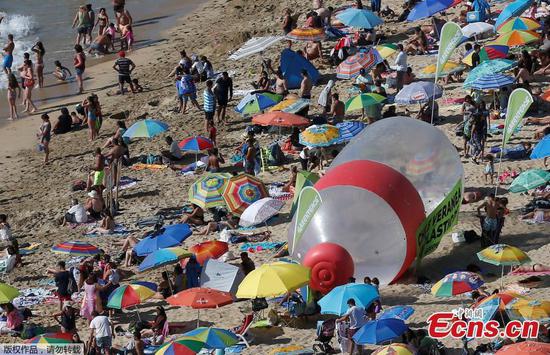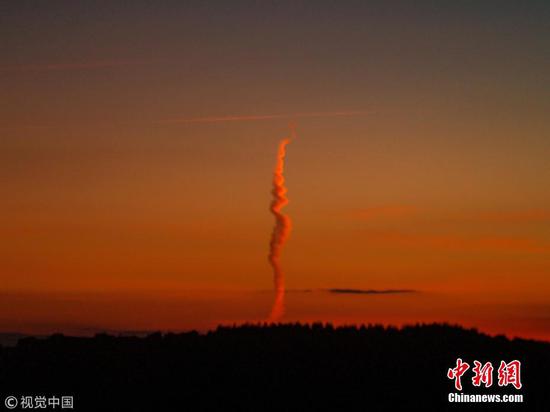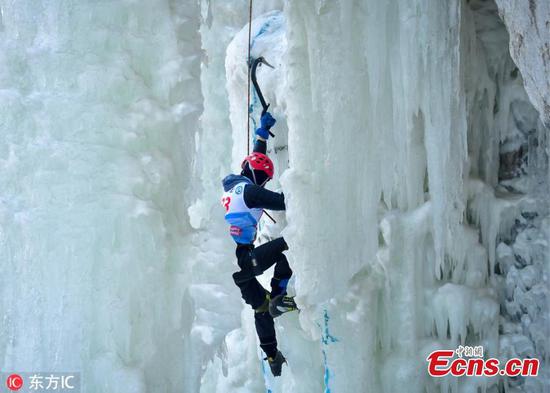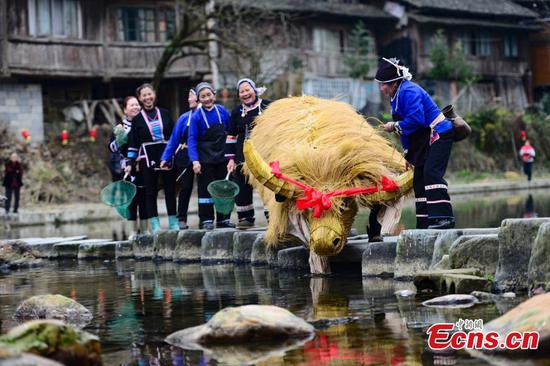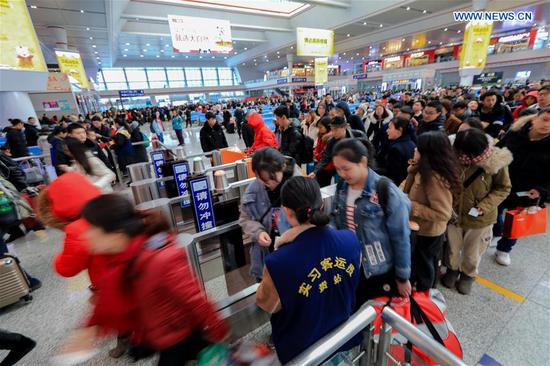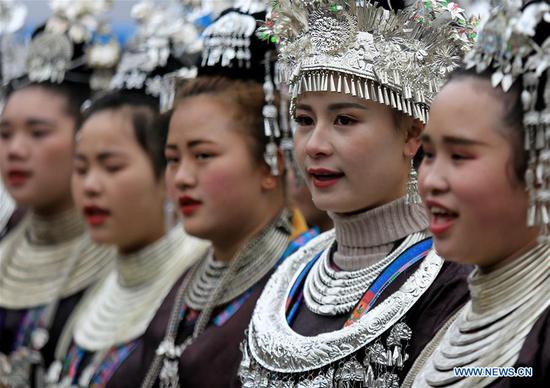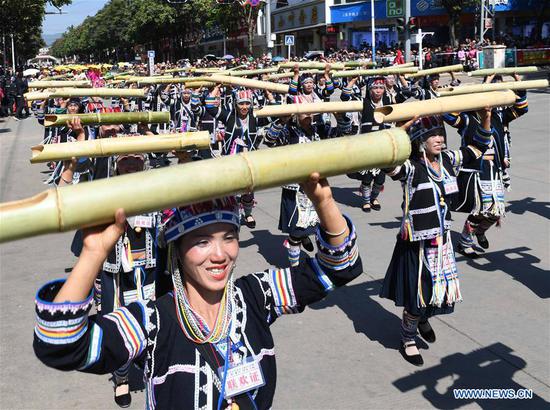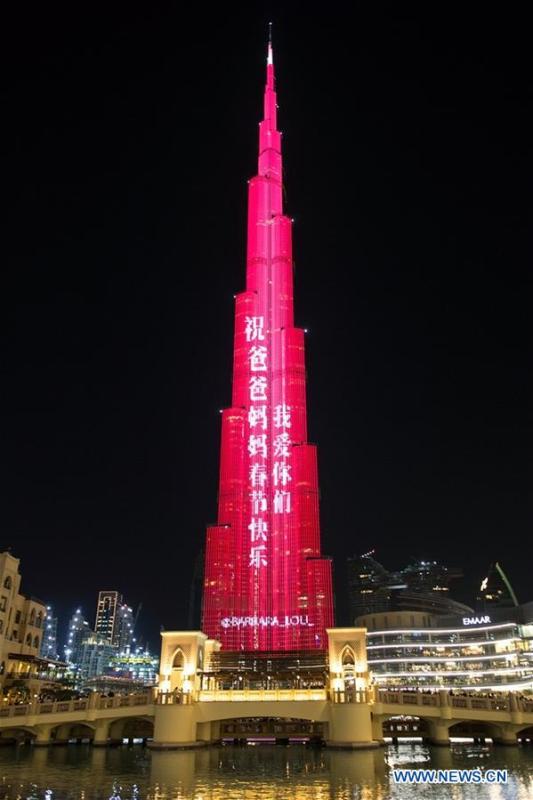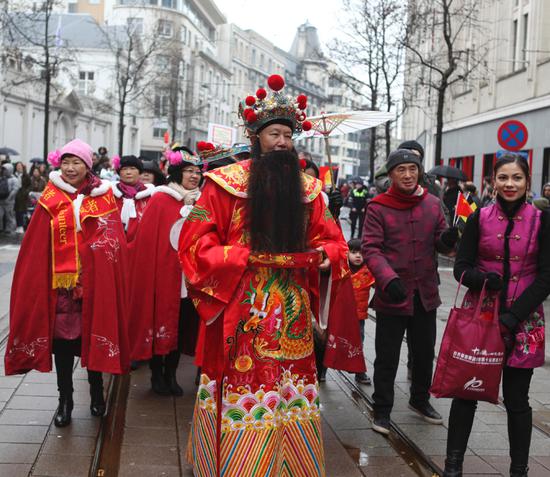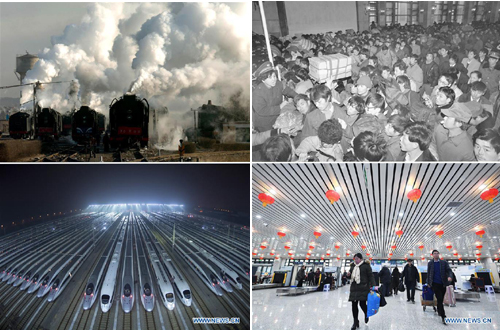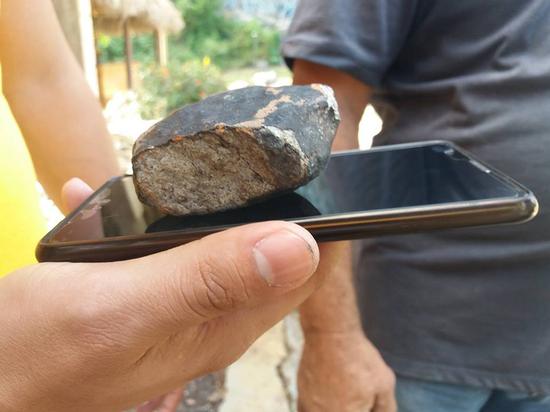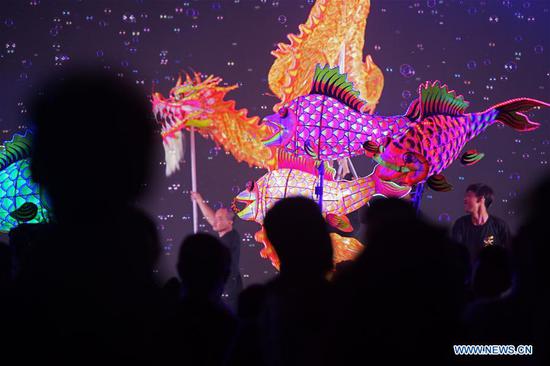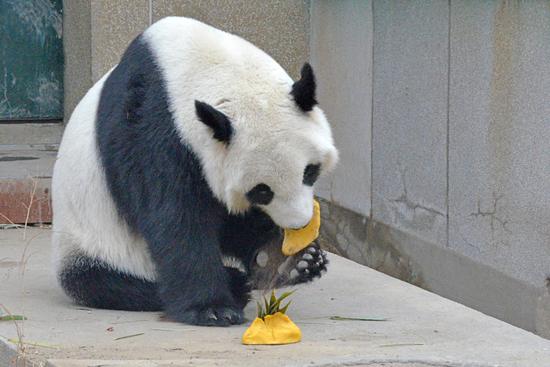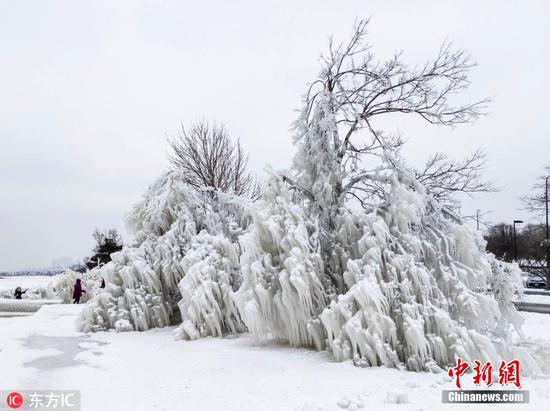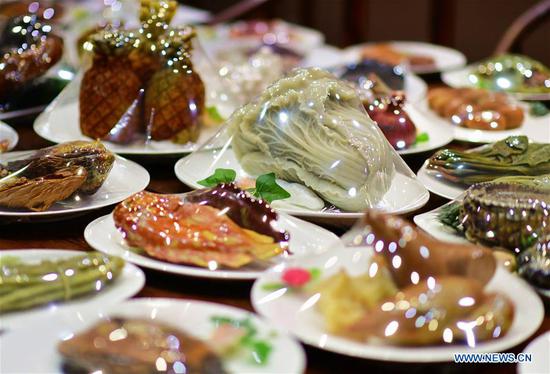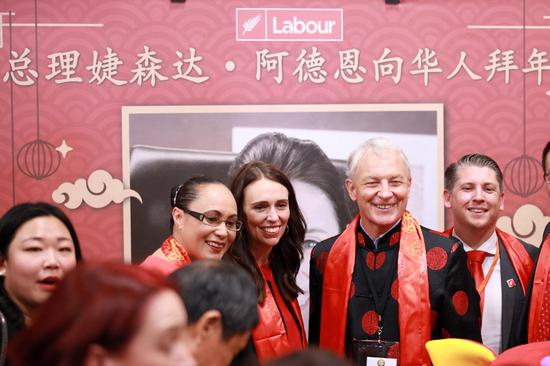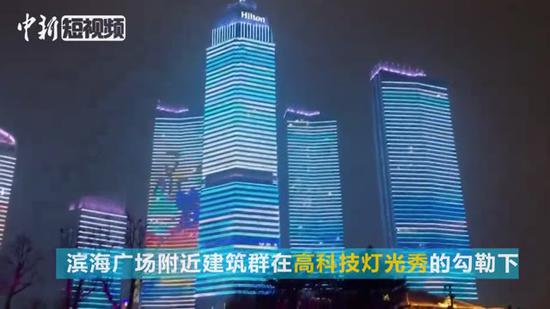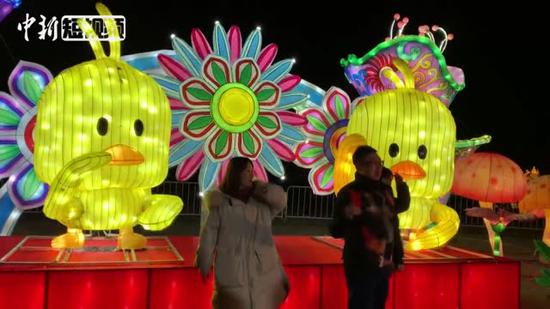The post-1990 generation is emerging as the major force in the mobile internet world, as it sent the most WeChat messages, Moments, emojis, and WeChat red packets, according to the 2019 Spring Festival data report released by Tencent's WeChat team on Sunday.
Data shows that 823 million people received and sent WeChat red packets between the New Year's Eve and the fifth day of the Lunar New Year, up 7.12 percent year-on-year, and the number of messages sent in WeChat increased by 64.2 percent compared with the same period last year.
Guangdong, Shandong, Jiangsu, Sichuan, Hebei, Hunan, Zhejiang, Henan, Guangxi and Liaoning were the top 10 provinces in terms of the number of holiday red packets exchanged from the New Year's Eve to the fifth day of the Lunar New Year.
The top 10 cities for sending and receiving the holiday red packets were Beijing, Guangzhou, Chongqing, Shenzhen, Chengdu, Shanghai, Dongguan, Changsha, Hangzhou and Foshan.
Notably, Chengdu was overtaken by Guangzhou in the top three, with Beijing seeing the largest number of red packets sent and received.
The report also shows that the holiday migration has reshaped the consumption. During the Spring Festival, a total of 1.24 billion WeChat payments were made in places that are not people's permanent residence, with the peak of migratory consumption on the day before New Year's Eve. From the perspective of migration path, the largest number of WeChat payment transactions migrated from new first-tier cities to third-tier and fourth-tier cities.
The data reveals that emigrant cities were more affected by holiday migratory consumption, as the returning migrant population has not only promoted the consumption, but also brought back the intelligent consumption pattern. In sixth-tier cities, the migratory population contributed 43 percent of the WeChat payment transactions, and the migrants in fourth, fifth and sixth-tier cities accounted for more than 40 percent of the WeChat payment transactions.










